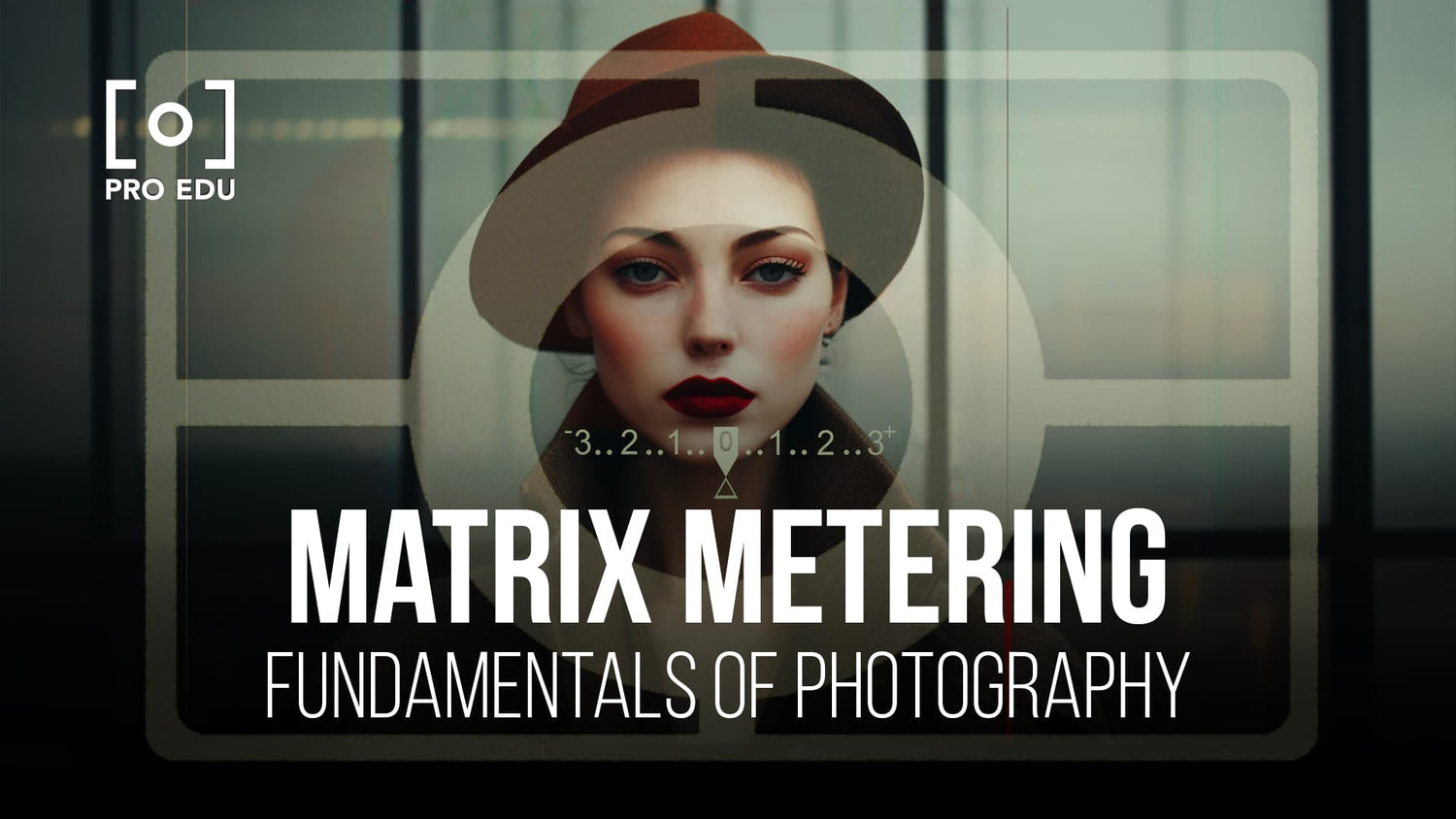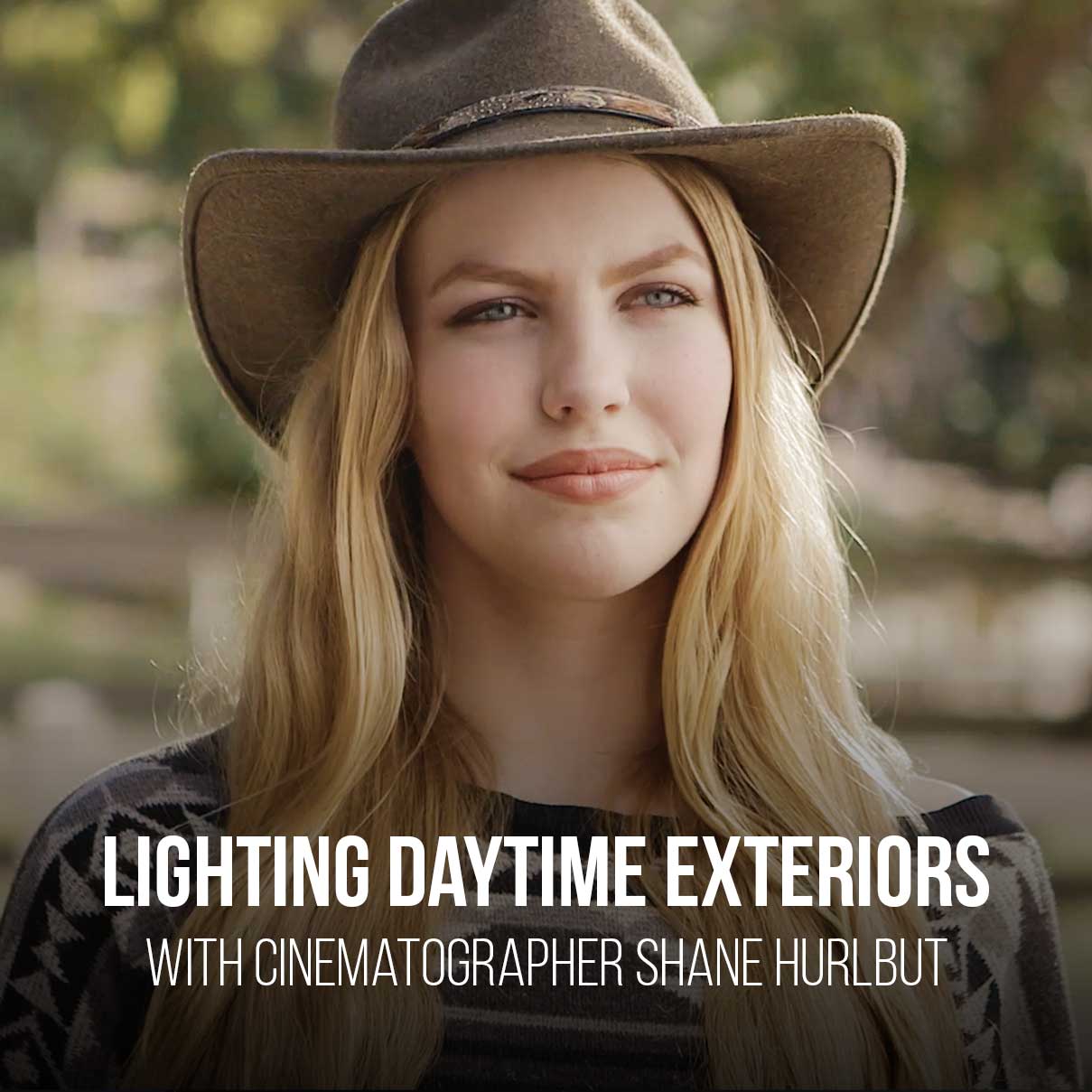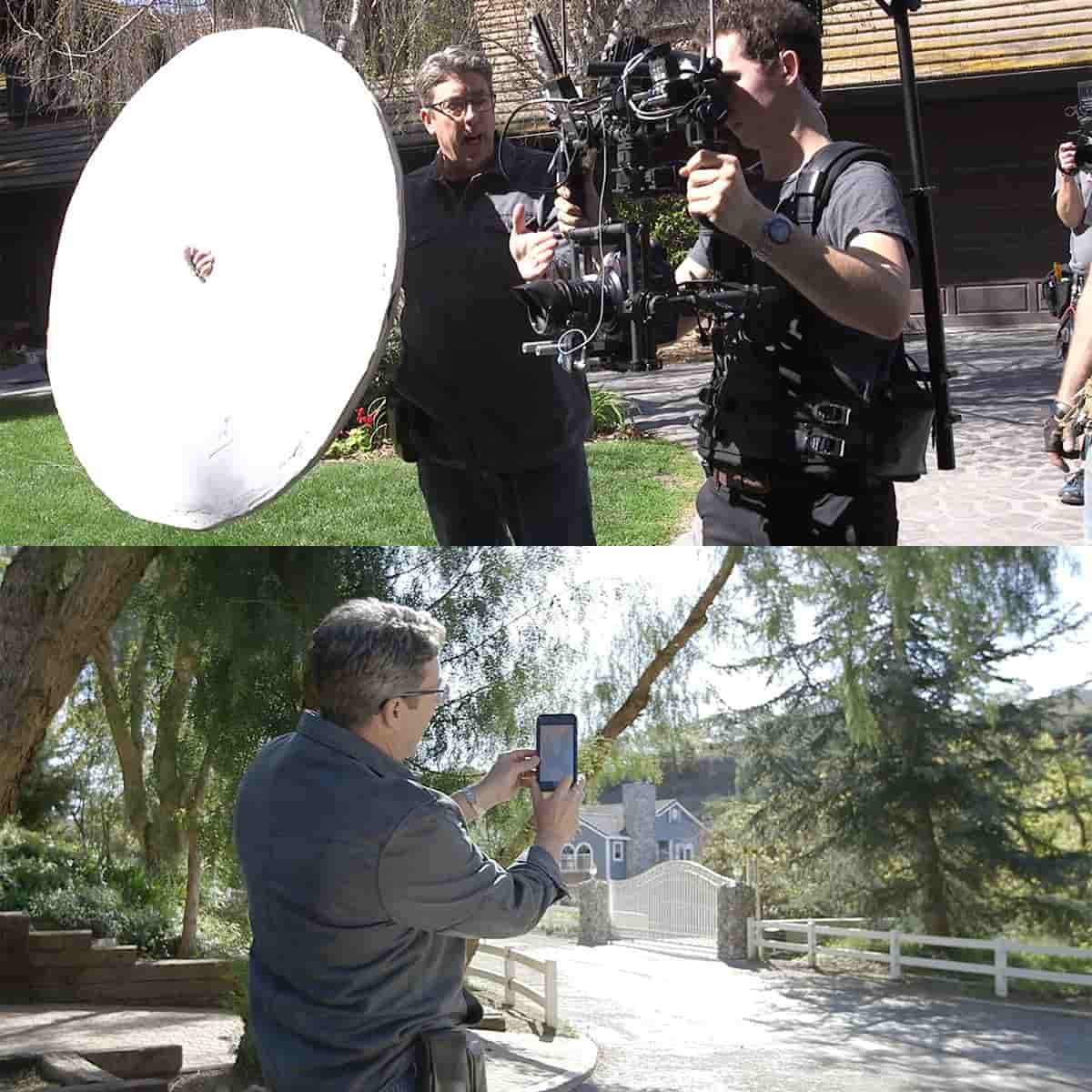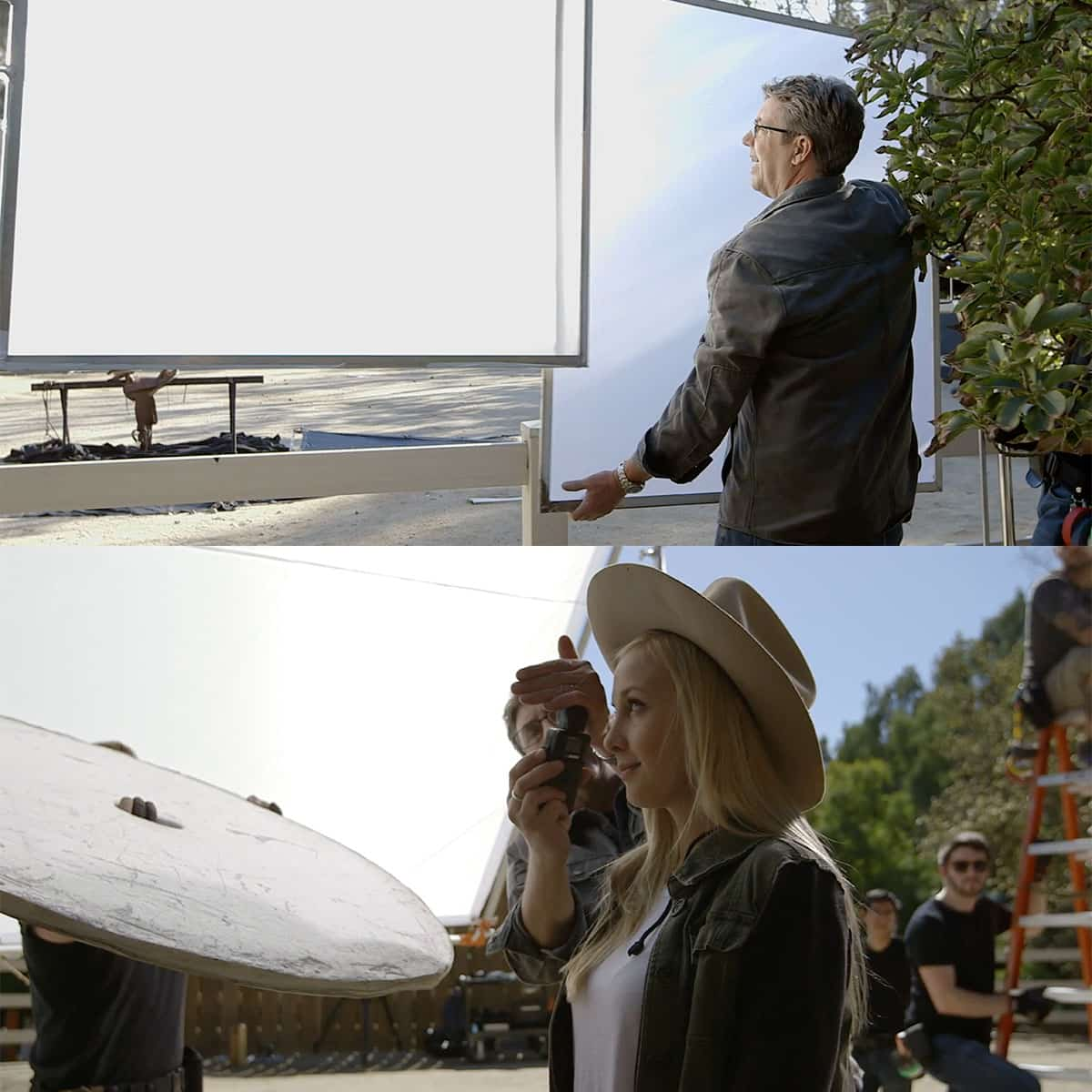Matrix Metering Explained: Master Exposure in Every Shot
Matrix metering is a camera function that allows photographers to achieve perfect exposure in their images. It works by analyzing various points of a scene to determine the ideal exposure settings for each specific situation. By understanding how matrix metering works, we can consistently capture well-balanced photos regardless of the lighting conditions.
Various factors such as lighting, subject position, and scene composition can impact a photo's exposure. Matrix metering helps by taking multiple readings across the entire frame and using an algorithm to calculate the overall exposure settings. When combined with an understanding of camera settings and metering modes, we can effectively manipulate matrix metering to maximize the quality of our images.
Key Takeaways
- Matrix metering analyzes multiple points in a scene to determine ideal exposure settings.
- Combining matrix metering with knowledge of camera settings improves photo quality.
- Mastering matrix metering enhances performance in diverse lighting conditions and photography genres.
Understanding Exposure and Metering
Exposure in photography refers to the amount of light that reaches the camera sensor, and is influenced by the aperture, shutter speed, and ISO settings. Proper exposure is essential for capturing well-balanced images with correct brightness levels. Metering, on the other hand, is the process through which the camera evaluates the light of a scene to determine the appropriate exposure settings.
There are different metering modes available in modern cameras that help achieve perfect exposure in various situations. These modes affect how the camera's light meter measures and interprets the light in the scene. When used correctly, these modes can help us gain more control over our photography and produce better results.
Matrix metering, also known as Evaluative metering or Multi-Segment metering, is a popular and versatile metering mode that analyzes the brightness of the entire scene to determine the best exposure. By considering multiple zones in the frame, matrix metering provides an accurate exposure reading for complex lighting situations. However, it's essential to understand how to use this mode effectively, especially when dealing with high contrast scenes or backlighting.
To master matrix metering, we need to familiarize ourselves with our camera's manual controls, allowing us to adjust the aperture, shutter speed, and ISO settings according to the metering readings. This way, we can ensure optimal exposure even in challenging situations, capturing well-balanced images every time.
Different Metering Modes
When it comes to properly exposing our photos, understanding and using the right metering modes can make a huge difference. In this section, we'll briefly explore some common metering modes and their applications.
Matrix/Evaluative metering is a mode that evaluates the entire scene, taking into account various factors such as brightness, contrast, and color. It is known as Matrix metering in Nikon cameras and Evaluative metering in Canon cameras, but they essentially function the same way. This mode is highly versatile, making it suitable for most shooting situations. Learn more about this mode here.
Spot metering allows us to measure a small area of the scene, typically around 1-5% of the frame. This mode is particularly useful when you want to expose for a specific subject, like a backlit subject or a small item in the scene. Find out more about spot metering.
Center-weighted metering is similar to spot metering, but it measures a larger area in the center of the frame. The metering is biased towards the center, ensuring that the image is properly exposed towards the subject. This mode is great for situations where the subject is placed in the middle of the frame and is surrounded by a contrasting background. See more details here.
Partial metering can be thought of as a middle ground between spot and center-weighted metering. It measures a larger area (typically around 6-15% of the frame) than spot metering, giving a slightly more balanced reading in comparison. This mode is found mainly in Canon cameras and works well for subjects that are off-center or in mixed lighting. Discover more about partial metering.
Lastly, highlight-weighted metering is a mode that exposes for the brightest parts of the scene. It's ideal for shooting high-contrast scenes where preserving highlights is crucial, such as during concerts or nighttime cityscapes. Learn more about this mode.
By understanding these various metering modes, we can confidently choose the right option to achieve the perfect exposure every time.
Mastering Camera Settings
When using a DSLR or digital camera, it's essential to familiarize ourselves with the various camera settings to achieve perfect exposure every time. In this section, we'll cover the primary aspects, such as autofocus and metering modes.
To begin with, we need to understand our camera's autofocus system. Most DSLR and digital cameras offer different autofocus modes to suit various shooting conditions. Utilizing these modes can assist us in capturing sharply focused images. Additionally, it's essential to know the purpose of the different buttons on our camera, as they allow quick adjustments to settings like exposure, ISO, and white balance.
Camera metering modes play a crucial role in determining the correct exposure for a photograph. Here's a brief description of the main metering modes available in most DSLR and digital cameras:
- Matrix metering: Also known as evaluative or multi-segment metering, this mode takes readings from multiple areas of the frame to calculate the exposure. It's suitable for most situations.
- Center-weighted metering: This mode measures light from the entire frame but gives more importance to the center. It's ideal for portraits or subjects positioned centrally.
- Spot metering: This mode measures the light in a small area of the frame, usually around 3-5% and is perfect for high contrast scenes or when our subject has different lighting compared to the background.
To make the most of these settings, it's essential to practice and experiment with different scenarios. We recommend trying various camera metering modes and autofocus settings to understand their impact on our photographs fully. With experience and knowledge of our camera's capabilities, we can efficiently adjust settings to capture perfect exposures every time.
In summary, mastering the settings of a DSLR camera or digital camera involves understanding autofocus, camera metering modes, and their respective buttons. By practicing with these features, we can excel in capturing perfectly exposed photographs in diverse shooting situations.
Lighting Conditions and Metering
Understanding different lighting conditions is essential for perfecting exposure in photography. We'll discuss various situations and how to adjust metering accordingly.
When dealing with bright scenes containing a lot of reflected light, our camera's matrix metering mode can effectively balance the exposure. This mode will consider various light levels within the frame and provide an overall exposure calculation.
On the other hand, incident light metering measures light falling on the subject and can offer a more accurate exposure reading. However, this requires the use of a separate handheld meter and can be more time-consuming.
Backlit subjects can be notably challenging in photography. In these cases, the sky appears brighter than the subject, making our camera's metering mode likely to underexpose the subject. We can tackle this by using spot metering on the subject itself, ensuring proper exposure.
When photographing back-lit subjects, pay close attention to the highlights and shadows. Adjusting the exposure compensation can help retain detail in these areas without sacrificing the overall image quality.
In summary, different lighting conditions require different metering approaches. By understanding the conditions and adjusting our camera settings accordingly, we can consistently achieve perfect exposure in our photographs.
Application of Metering in Different Genres of Photography
When capturing various types of photographs, understanding metering helps produce well-exposed images. In this section, we will discuss the application of metering in different photography genres such as portraits, landscape photography, and silhouettes.
In portrait photography, metering plays a crucial role in achieving the right exposure for the subject's face and other significant details. We recommend using spot metering or center-weighted metering during portrait photography. Spot metering allows focusing on a specific area of the scene, while center-weighted metering gives more emphasis to the center and falls off toward the edges.
In landscape photography, exposure can vary significantly across the frame. It is essential to choose the correct metering mode to capture the details in both highlights and shadows. We recommend using matrix metering or evaluative metering for landscapes, as they consider the overall scene and its various elements to achieve a balanced exposure.
Silhouette photography requires capturing the contrast between a dark subject against a bright background. In this case, it is crucial to meter the background to preserve its details, while allowing the subject to turn into a dark silhouette. To achieve this effect, consider using spot metering or partial metering and focusing on the brightest part of the background.
Applying appropriate metering modes in different photography genres enables us to optimize our camera's exposure settings. Experiment with various metering modes, and create well-exposed photographs in any situation.
Frequently Asked Questions
What are the benefits of using matrix metering?
Matrix metering has the ability to analyze the entire scene and make an exposure decision based on multiple points. This often results in more balanced and accurate exposures compared to other metering modes. It is particularly useful in situations with complex lighting conditions or high-contrast scenes.
How does matrix metering compare to center-weighted metering?
While matrix metering evaluates the entire scene, center-weighted metering gives more importance to the center of the frame. Center-weighted metering can be useful for situations with a clearly defined subject located in the center, while matrix metering excels in capturing the entire scene more evenly, offering a more balanced exposure.
When is it best to use evaluative metering instead of matrix?
Evaluative metering is a similar system used by Canon cameras, which can be compared to matrix metering in Nikon. Both systems analyze the entire scene and make adjustments to create a balanced exposure. When using a Canon camera, evaluative metering is the recommended choice for achieving similar results to matrix metering.
How does matrix metering perform in different lighting conditions?
Matrix metering is generally effective in a wide range of lighting conditions. Its ability to consider multiple points in the scene allows it to balance exposures in complex lighting situations or high-contrast environments. However, in certain cases with extreme lighting conditions, spot or center-weighted metering may be more appropriate.
Can matrix metering be used effectively for portrait photography?
Yes, matrix metering can be effectively used for portrait photography. However, it's essential to keep in mind that it takes the entire scene into account. If the background or surroundings have significant variations in light, it might affect the exposure of the subject. In such cases, switching to center-weighted or spot metering might be helpful.
How do I achieve perfect exposure with matrix metering?
Achieving perfect exposure with matrix metering involves understanding the capabilities of your camera and adjusting settings as needed. Start by selecting the matrix metering mode on your camera, then adjust your ISO, aperture, and shutter speed. Monitor the exposure meter to ensure proper exposure and make adjustments when necessary. It's also a good practice to review your results and continue refining your settings to get the best possible exposure.


















